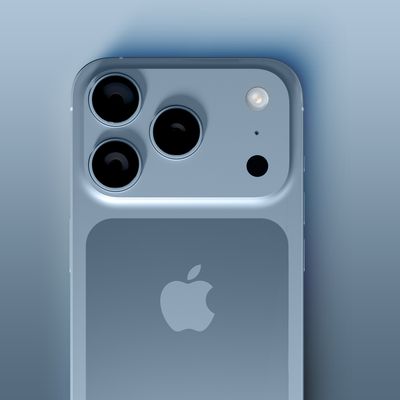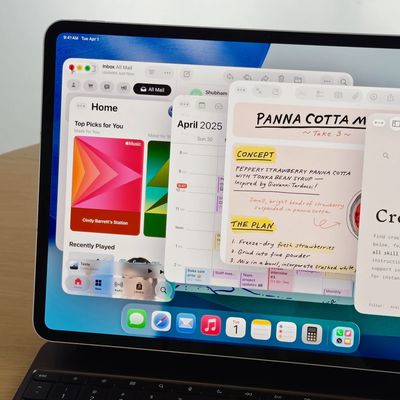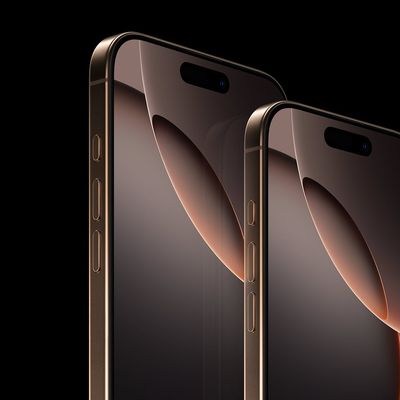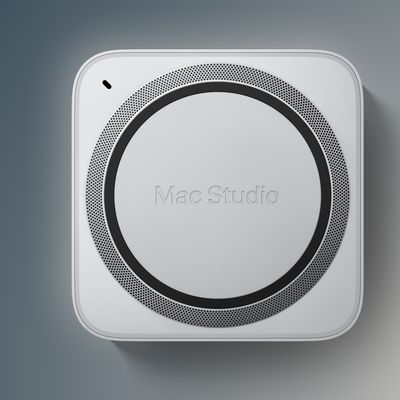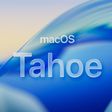Smaller iPhone to Eliminate Storage, Rely on Cloud-Based Content?
Following up on recent reports of a
smaller, cheaper iPhone,
Cult of Mac claims that Apple will cut costs on the smaller iPhone in large part by drastically slashing the on-board memory of the device and relying on cloud-based content delivery.
Apple decided to lose some of the memory, which is by far the most expensive component of the iPhone (up to one-quarter of the devices cost, according to iSuppli estimates).
By "some" of the memory, we mean ALL of the memory. The iPhone nano will have no memory for onboard storage of media, our source says. It will have only enough memory to buffer media streamed from the cloud.
"I'm talking strictly storage memory here," said our source.
According to the report, the smaller iPhone would pull essentially all of its media through a revamped MobileMe service, reducing the need for significant on-board storage in the same way that the Apple has been able to slash storage on the second-generation Apple TV by shifting to a streaming model.
The report notes that some on-board storage would clearly be required for the operating system itself and other critical system data, including caching of data handed down from the cloud and perhaps storage of photos and videos taken by the device should it include a camera.
We also suspect that such a device would not be able to support the App Store, as Apps depend on locally-stored content, and would thus require significant modification to run from the cloud. Apple may avoid the potential user interface issues of a smaller, lower-resolution screen by simply not allowing third-party apps at all, and opting to use only built-in apps specifically designed for the smaller screen. But given the runaway success of the platform, it would still be surprising for Apple to shift away from an App Store-focused ecosystem for the new device.
Popular Stories
The iPhone 17 Pro and iPhone 17 Pro Max are three months away, and there are plenty of rumors about the devices.
Below, we recap key changes rumored for the iPhone 17 Pro models as of June 2025:Aluminum frame: iPhone 17 Pro models are rumored to have an aluminum frame, whereas the iPhone 15 Pro and iPhone 16 Pro models have a titanium frame, and the iPhone X through iPhone 14 Pro have a...
iPadOS 26 allows iPads to function much more like Macs, with a new app windowing system, a swipe-down menu bar at the top of the screen, and more. However, Apple has stopped short of allowing iPads to run macOS, and it has now explained why.
In an interview this week with Swiss tech journalist Rafael Zeier, Apple's software engineering chief Craig Federighi said that iPadOS 26's new Mac-like ...
Alongside WWDC this week, Logitech announced notable new accessories for the iPad and Apple Vision Pro.
The Logitech Muse is a spatially-tracked stylus developed for use with the Apple Vision Pro. Introduced during the WWDC 2025 keynote address, Muse is intended to support the next generation of spatial computing workflows enabled by visionOS 26. The device incorporates six degrees of...
Apple's iPhone development roadmap runs several years into the future and the company is continually working with suppliers on several successive iPhone models simultaneously, which is why we often get rumored features months ahead of launch. The iPhone 17 series is no different, and we already have a good idea of what to expect from Apple's 2025 smartphone lineup.
If you skipped the iPhone...
Apple today provided developers with a revised version of the first iOS 26 beta for testing purposes. The update is only available for the iPhone 15 and iPhone 16 models, so if you're running iOS 26 on an iPhone 14 or earlier, you won't see the revised beta.
Registered developers can download the new beta software through the Settings app on each device.
The revised beta addresses an...
Apple today added Mac Studio models with M4 Max and M3 Ultra chips to its online certified refurbished store in the United States, Canada, Japan, Singapore, and many European countries, for the first time since they were released in March.
As usual for refurbished Macs, prices are discounted by approximately 15% compared to the equivalent new models on Apple's online store. Note that Apple's ...
Apple today added M4 MacBook Air models to its refurbished store in the United States, making the latest MacBook Air devices available at a discounted price for the first time since they launched earlier this year.
Both 13-inch and 15-inch MacBook Air models are available, with Apple offering multiple capacities and configurations. The refurbished devices are discounted by approximately 15...



